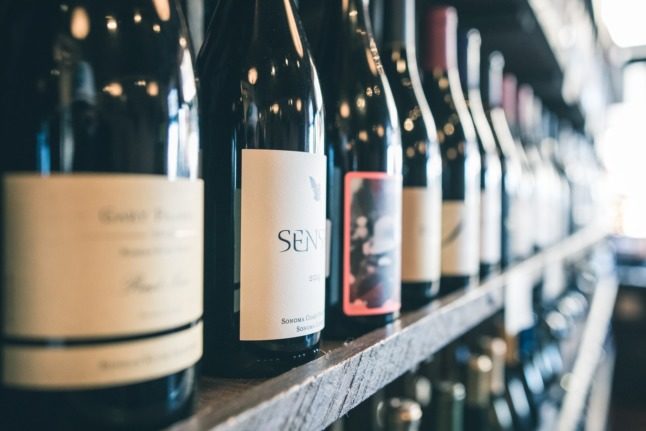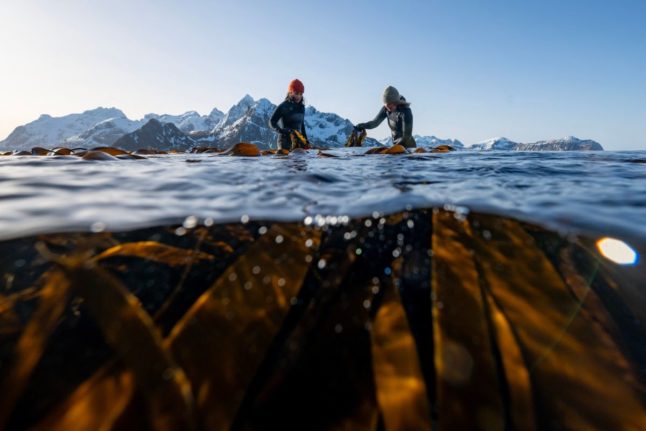Picking up a bottle of wine to go with dinner or an aperitif for the starter in Norway isn’t a straightforward process and requires more planning than you might think.
You can’t just go to the nearest shop or supermarket and pick up a beverage of your choosing because the sale of all alcohol 4.75 percent or stronger is prohibited and restricted to Vinmonopolet or the wine monopoly.
Additionally, you can’t buy alcohol on Sundays and public holidays and depending on where you purchase your booze, the opening hours will be different.
This means that you shouldn’t leave it until the last minute to stock up for Christmas; otherwise, you might get a nasty shock or be met with head-dizzying queues.
And as we are sure you are fully aware by now, there is a nationwide ban on the sale of alcohol in bars and restaurants, meaning the only places you can buy alcohol are at supermarkets or wine monopolies.
Spirits and wines
If you are planning on buying wine and spirits, then you’ll need to be aware of the state-owned wine monopoly’s Christmas opening times.
READ ALSO: Why the Norwegian government controls the sale of most alcohol
Until December 23rd or what the Norwegians call lille juleaften (little Christmas eve), the wine monopoly’s opening hours will be the same, meaning it will open at 10am and close at 6pm.
The 23rd will be the last day you can visit the wine monopoly before Christmas, although it is advisable to go before this if you can. Typically, the last possible day before closing for a holiday spells queues and chaos at wine monopolies up and down the country.
After the 23rd, polet, as the wine monopoly is called for short, will be closed until Monday, December 28th, due to a combination of public holidays and the 27th being a Sunday.
After that, the business hours will return to normal until New Year’s Eve, when it will close at 3pm. Then on New Year’s Day, the wine monopoly will be closed until January the 3rd, due the 2nd being a Sunday.
Beers, ciders and other drinks with less than 4.75 alcohol
You can only buy weaker alcohol from supermarkets, but on the plus side, they are open for longer than the wine monopoly. On weekdays you can purchase alcohol up until 8pm from supermarkets. On weekends, it’s 6pm.
Opening hours may vary in other parts of the country. Generally, the last normal day of buying alcohol from supermarkets will be the 23rd. However, in some parts of Norway, like Oslo, you will be able to buy alcohol on Christmas eve until 6pm in stores that are open.
There won’t be any alcohol sales on Christmas day. In addition, alcohol sales won’t be allowed in supermarkets until Monday, December 28th.
On New Year’s Eve, the sale of alcohol will be restricted until 6pm despite it being a weekday. On New Year’s day, you won’t be able to buy any beer or cider. January 2nd falls on a Sunday meaning you will be unable to buy any alcohol until January 3rd.





 Please whitelist us to continue reading.
Please whitelist us to continue reading.
Member comments